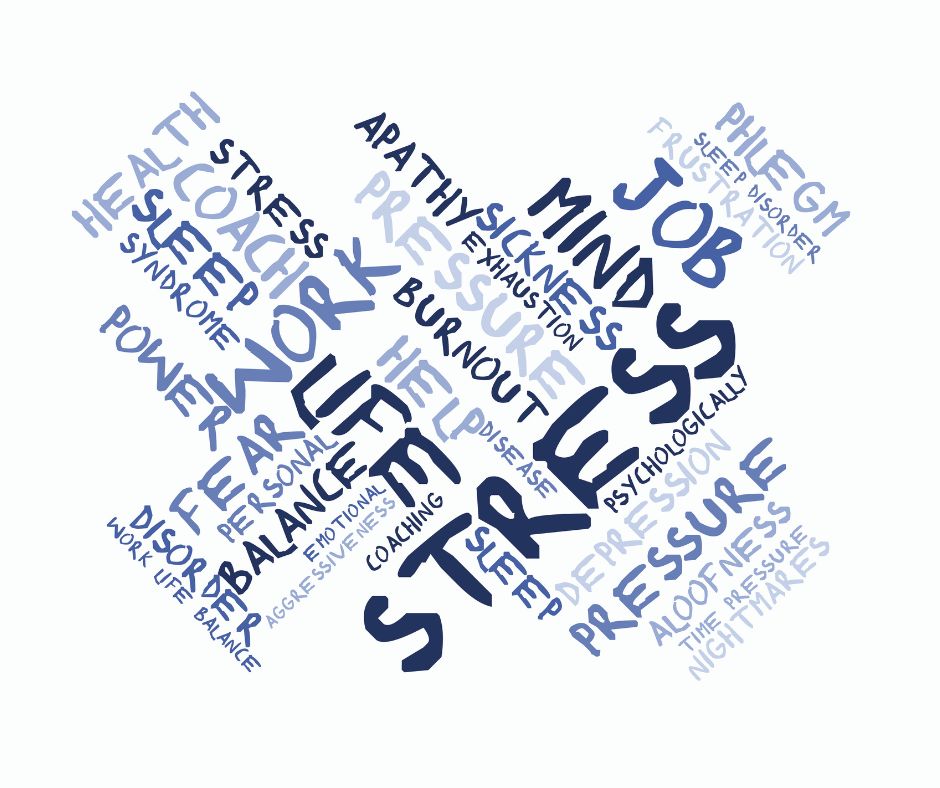
Risk Assessment Unleashed: Empowering Businesses with Our Cutting-Edge Software
Effectively managing risks is crucial for the success and sustainability of any organisation. Recognising this
Health and Safety Software » Health and Safety » Safeguarding Lone Workers from Stress

However, working in isolation can pose unique challenges, particularly in terms of stress management.
The Stress Risk Factors for Lone Workers
Strategies to Protect Lone Workers from Stress
Empowering Lone Workers to Take Ownership of Their Well-being
In addition to organisational support, lone workers can take proactive steps to manage stress and protect their well-being:
Protecting lone workers from stress is a shared responsibility between employers and individuals. By implementing comprehensive support systems, promoting open communication, and empowering lone workers to take ownership of their well-being, organisations can effectively safeguard their employees’ mental health and foster a thriving work environment.
The iProtectU health and safety software provides:
Arrange your demonstration
Let us show you how we can transform your compliance management
Choose a date and time for your demo (no obligation) and we will be in touch.

Effectively managing risks is crucial for the success and sustainability of any organisation. Recognising this

Artisan Environmental recently marked two decades of delivering specialist asbestos consultancy, inspection and health &

iCertifyU is an App which provides free eLearning for everyone, whether you are an employee,

According to recent research, almost half of UK tradespeople view asbestos as a problem of

31st October 2025 represents the deadline for organisations to transition their Information Security Management System

According to a recent head protection survey, only 15% of workers who should be wearing